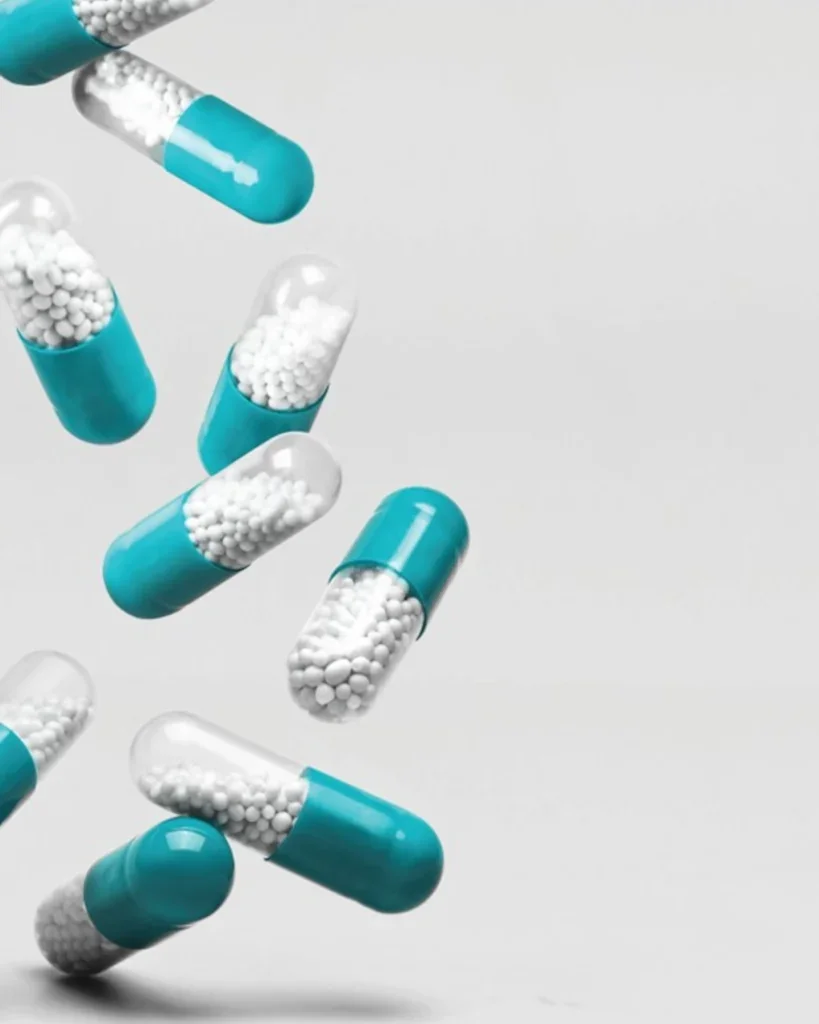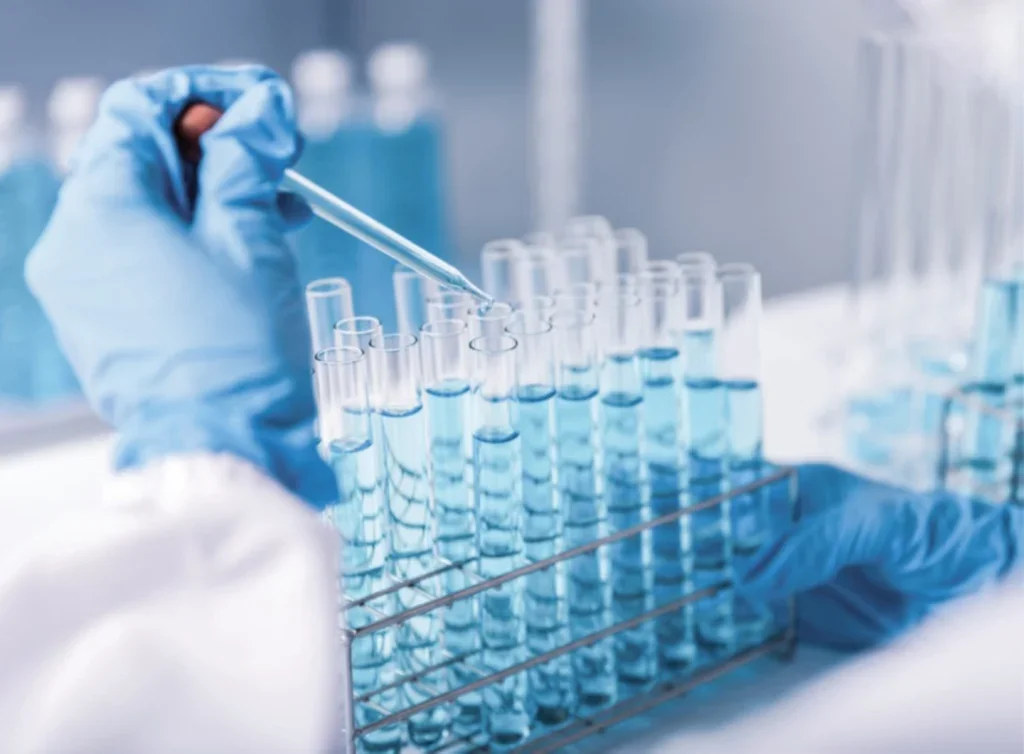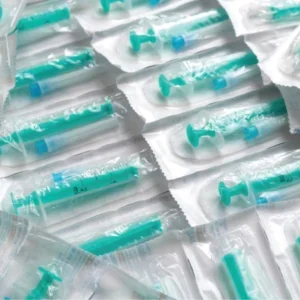
When it comes to drug performance, excipients are an overlooked piece of the puzzle. In some cases, a drug might be treated as synonymous with its active pharmaceutical ingredient (API), as though that particular molecule were the only thing that determined the product’s efficacy. Excipient development receives a fraction of the funding devoted to novel drug development. Though the market is growing – from $9.2bn in 2023 to $12.4bn in 2029, according to BCC Research – it pales in comparison to the market for APIs, which currently stands at around $210bn. Indeed, most people outside the pharmaceutical industry are unlikely even to have heard the term ‘excipient’.
It’s clear, though, that excipients are far more than just inactive ingredients. Almost all drug products contain excipients – and lots of them. They can play a vast array of roles, ranging from solvents to stabilisers, emulsifiers to antimicrobials. By weight, they typically make up the bulk of the drug: more than 50% for solid dosage forms, and over 90% for liquid dosage forms. As Vaios Barlas, head of health care at Clariant, explains, they are essential enablers that can make or break a drug’s formulation success.
“The right excipient can dramatically improve drug solubility, enhance bioavailability and stability, ensure proper API distribution, and enable controlled release profiles,” he says. “The right excipient choice early in development can also prevent costly reformulation later, highlighting their strategic importance in drug development.”
A related consideration is drug shelf life. If an excipient can improve the drug’s stability and purity, it will last longer, reducing disposal needs. “Sustainability benefits are realised through more efficient manufacturing processes, optimised supply chain logistics, and reduced waste in formulation development,” Barlas remarks.
Unprecedented complexity
As one of the leading global suppliers of polyethylene glycol (PEG)-based excipients, Clariant has seen countless cases where excipient selection directly impacted therapeutic outcomes. Arguably, that’s more likely now than at any time in the past. While today’s new drug candidates often show great promise, they are becoming increasingly challenging from a formulation point of view.
Take water solubility. It’s estimated that around 40% of existing drugs are poorly water soluble, rising to around 90% of newly discovered therapeutic compounds. That means the drug can’t easily dissolve in the body and may not achieve an appropriate concentration in the blood.
Manufacturers have two choices – either increase the suggested dosage (a solution that brings challenges of its own) or apply clever formulation solutions to improve the solubility. That may, in turn, mean using the right excipients.

Then there’s the rise of mRNA vaccines and biologics. More complex and less stable than smallmolecule drugs, these products are particularly prone to degradation. For instance, they are typically very temperature-sensitive and require cold chain solutions when in transit. The appropriate choice of excipient might provide some stability against cold and heat, as well as other environmental factors such as moisture.
“Modern drug development faces unprecedented complexity, particularly with biologics and poorly soluble compounds,” agrees Barlas. “This evolution creates several key challenges. Higher purity excipients are required to ensure stability of sensitive molecules. There is an increased demand for specialised excipient grades. Manufacturers must also navigate complex regulatory requirements across different markets while carefully considering compatibility with APIs.”
The regulatory requirements can be something of a sticking point. The FDA, for instance, only approves excipients in the context of a drug product – a novel excipient would receive no standalone approval or licensing. That means it needs to be incorporated into a drug product before it can be recognised. However, drugs containing novel excipients often take longer to receive approval, which may discourage drugmakers from using them.
The need for novel excipients
Despite these challenges, excipient innovation has been continuing apace. In 2020, USP surveyed 264 professionals involved in drug formulation. The bulk of respondents (96%) said excipients are very important in advancing a product through drug development.
Most respondents (84%) said that existing excipients have imposed limitations on the drug development process. For instance, they might struggle to overcome bioavailability issues or maintain the stability of the final product. As a result, 55% said they expected to use novel excipients within the next five years despite the regulatory issues they might encounter.
Formulators, then, have been taking pains to develop ingredients that fit today’s fast-evolving market needs. Barlas says that Clariant employs several strategies to enhance drug performance.
“We develop ultra-pure excipients that minimise unwanted interactions with the API and other formulation ingredients and ensure optimal drug efficacy,” he says. “We also develop advanced polymers aimed at improving rheological properties, bioavailability, and solubility, driving enhanced drug delivery and performance.”
In late 2023, the company announced it had expanded its range of functional excipients to solve API delivery and bioavailability challenges. Its three new VitiPure excipients are suitable for many different API formulations and administration routes, including biologics. Two of these products have a high purity grade, ideal for more unstable APIs, while the other is suited to formulations that require especially high sterility.
“The excipients under the Polyglykols, VitiPure, and VitiPure LEX brands are highly versatile,” says Barlas. “Excipients under the VitiPure Superior brand are specifically designed for APIs sensitive to impurities, ensuring enhanced purity and performance. Our products excel through consistent high quality across global production, enhanced purity profiles, comprehensive regulatory documentation, and versatility across different drug delivery systems.”
With these additions to its portfolio, Clariant is tapping into the market trend for multi-purpose, multi-functional excipients that cater to many needs. Another company, Lubrizol, is doing something similar with its Carbopol polymers, which are suitable for a wide range of oral dosage forms. The company says these polymers can ‘impart patient-centric features to new drugs in several ways’. For instance, drugmakers may be able to reduce the size of the tablet and better control the release rate of the API.
Other excipient manufacturers have been working to formulate more specialised options, such as excipients designed for inhalation powders or those that work exclusively with lipid nanoparticles. Often, the development of the API and development of a novel excipient happen in tandem.

According to a 2024 report by Market.us Media, there are a number of emerging trends to look out for. These include coprocessed excipients (in which multiple functionalities are combined into a single component); nanotechnology in excipients (for example, nanocoatings that help control the release rate of the drug); and advanced manufacturing techniques that enable the production of personalised medicines.
Another market report, by BCC Research, says that organic excipients will come to dominate over the years ahead. That’s due to growing demand for natural, biocompatible materials in drug formulation.
Strategies for success
So how do these next-gen excipients succeed in improving drug performance? To home in on stability as an example, the excipients would typically be mixed into formulations using water, binder, or dissolution solution. This would be followed by melting or solvent evaporation.
Let’s say the drugmaker is trying to protect the API from moisture. According to a 2022 review paper, they could try using an amorphous or hydrophilic excipient. This excipient would absorb the moisture, safeguarding the API and improving its stability in storage. Or they could try a waterrepellent excipient, which prevents moisture uptake throughout the product as a whole.
As discussed, many manufacturers are also keen to improve their product’s water solubility. As discussed in a 2017 review paper, solubilityenhancing excipients can be polymer, surfactant or lipid-based, with the majority falling into the former category.
The authors use the example of hypromellose acetate succinate, which is used to create solid dispersions. Once in the gut, it swells and dissolves, releasing the API. Another example is mesoporous silica, which is also used in solid dispersions. Because it is very porous, the drug solution can be loaded into its pore structure. The API will stay in an amorphous (more water-soluble) form and doesn’t have much chance of recrystallising.
As for Clariant, Barlas says the company uses “advanced PEG products with superior purity profiles, specialised poloxamer grades for various applications, high-performance polysorbates and castor oil derivatives, and pharmaceutical-grade Meglumine”.
But it isn’t essential to know all the technical details to understand why excipients are so important. As pharma companies move away from small-molecule drugs, their formulation challenges become more pressing, and it will fall to excipient manufacturers to help them solve these problems. That, in turn, will highlight the need for safe, highquality excipients, which are monitored under the right kind of regulatory frameworks.
“There is a growing focus on supply chain security and transparency. The importance of excipient manufacturer reliability is rising. Regulatory requirements are expanding globally,” says Barlas.
This won’t always be straightforward for the industry. But the upshot will be more effective, sustainable, and patient-centric medications.





